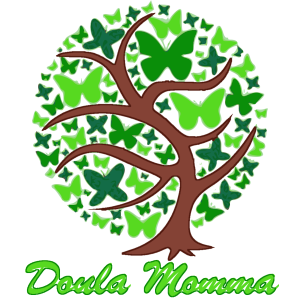Pregnancy divides into three parts called trimesters, each lasting about three months. These stages mark important changes in both the mother and the baby. The first trimester includes the first 13 weeks, the second trimester lasts from week 14 to week 27, and the third trimester covers week 28 to birth. Each trimester brings unique developments for the baby and different symptoms for the mother.
In the first trimester, the baby begins forming vital organs like the heart, brain, and lungs. The baby starts as a tiny cluster of cells but grows quickly. Many mothers experience early signs like nausea, fatigue, and mood swings during this stage. Though exciting, the first trimester also holds a higher risk for complications, so regular check-ups matter.
Second and Third Trimesters
The second trimester begins around week 14, often called the “golden period.” Many mothers feel less nausea and more energy. The baby’s growth speeds up as it develops muscles, bones, and senses. By 20 weeks, doctors can often see the baby’s gender on an ultrasound. Mothers may feel the baby move for the first time, a feeling called “quickening.” This trimester also brings visible belly growth as the baby gains weight and space.
The third trimester, from week 28 to birth, brings the final stage of pregnancy. The baby’s organs mature, preparing for life outside the womb. Movements become stronger as space grows tighter. Mothers may feel discomfort, back pain, and tiredness as they near their due date. In the last weeks, the baby shifts lower, “dropping” to prepare for birth. Regular doctor visits track the baby’s position and health.
Understanding each trimester helps mothers and families know what to expect during pregnancy. Each trimester marks a new phase of growth, both for the baby and the mother’s body. With each passing trimester, the baby gets closer to being ready for life outside the womb, while the mother prepares for birth.
